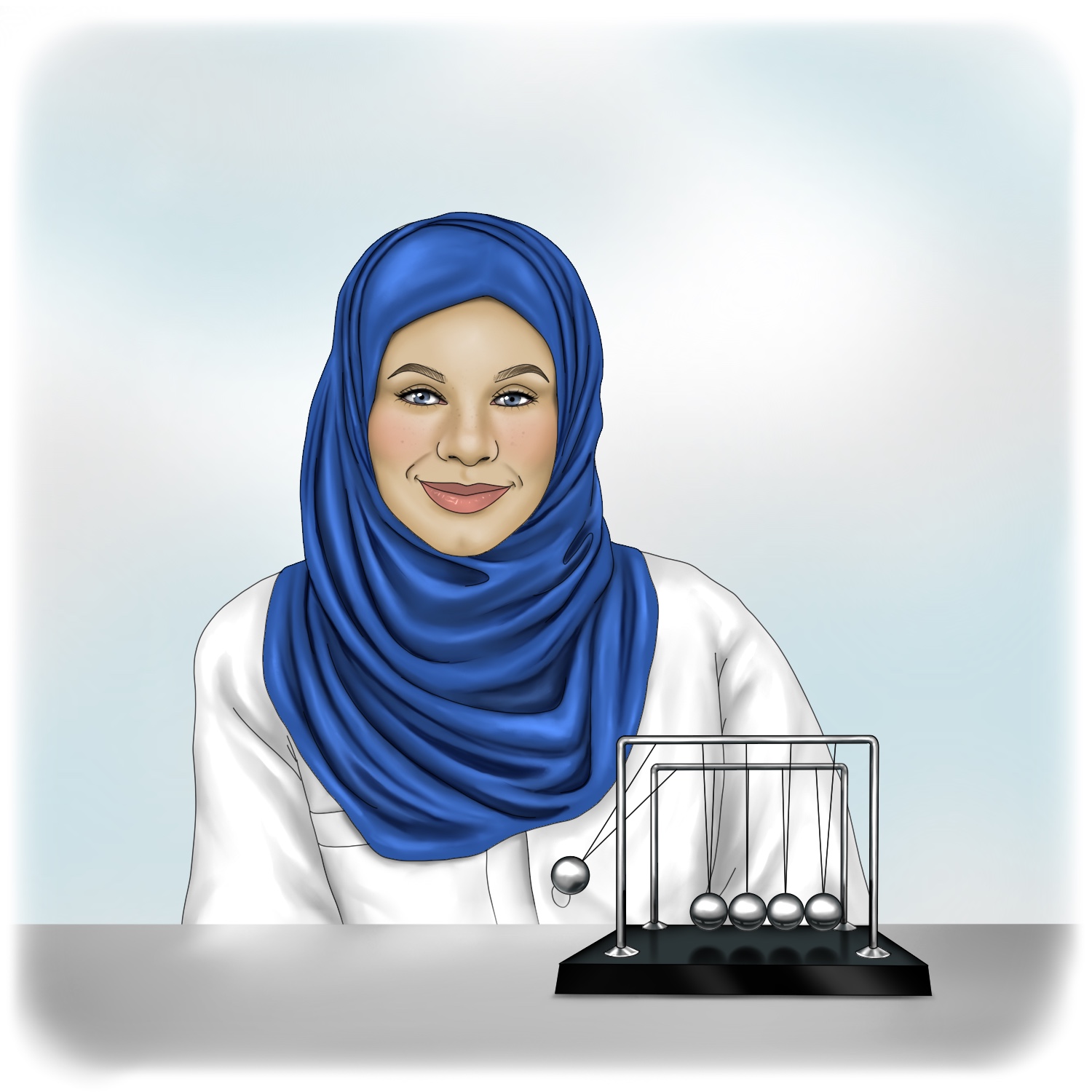
Inclusivity
It was clear to our team from the very beginning that we want to make our wiki especially available for different kinds of people. Before starting our wiki creation, we did research about different kinds of impairments or conditions that can affect people's ability to read our wiki pages. Here is a list of all the things we have taken into account when designing our wiki:
- Dyslexic readers and overall readability
- Aboa in plain language
- Supporting Sign Language
In addition we have tried to soften some general stereotypes regarding researchers. As a part of our education activities, we planned a memory game for children in which we included, among other things, a male biologist, a female physicist as well as researchers from different ethnical backgrounds and with different disabilities. In this way, we tried to communicate to young children that the career of a researcher belongs to all - despite age, gender, ethnic background or disabilities! You can see some of the pictures from the memory game on this page and you can read more about our education activities from here The pictures are drawn by the lovely and talented Sanna Launiainen.
When designing and writing our wiki page, we have taken dyslexic people into account in several ways. According to the advice of a dyslexia friendly style guide (British Dyslexia Association), we decided to use the Arial font in our wiki in the size of at least 12 points. These features make letters seem less crowded in the eyes of dyslexic readers. In addition, we obeyed the advice of that guide to avoid underlining, italics and words written solely with capital letters as much as we could. We used italics mainly only in the names of genes and bacteria because it is recommended when writing scientific texts.

Here are other tips we’ve tried to follow in our wiki pages to make it more readable not only for dyslexic people but also for other people:
- Single coloured background instead of complex background pictures
- Contrast between the background and text; white text on blue background and blue text on white background
- Subheadings to make long texts more understandable
- Dividing text to small text boxes which makes the text more readable due to short paragraphs
- Using active as much as possible instead of passive
- Keeping sentences as simple as possible (for example avoiding double negatives and too long sentences)
- Avoiding abbreviations as much as possible and always writing them open
- Illustrating text with graphs and pictures but still keeping them accessible for people who use screen readings by providing alternative texts

Aboa in plain language
To help everyone to get a clear overview of our project despite their impairments or challenges, we decided to offer a brief summary of our project in plain language. In that way, we could improve the inclusivity of our project even more. Read from our project in plain language here.
We carefully read different plain language resources listed in the web page of The Plain Language Action and Information Network (PLAIN). In our plain language summary, we took into account these things:
- avoiding to use complex scientific words
- avoiding complex structures and long phrases
- avoiding unnecessary words
- using lists and bullets
- using descriptive and clear headings
- using active (i.e. personal pronouns) instead of passive
- using present tense in verbs
- ordering words in the following order: a subject, a verb, a object, possible extra words
- trying to make a summary understandable at a first look so that a reader doesn’t have to read it again for multiple times
- using strong and simple verbs, such as “be”, “go”, “use”, “study”

Supporting Sign Language
As a part of the inclusivity aspect of our project we also decided to provide a short dictionary with words related to our project both in Finnish sign language and in American sign language (ASL). The dictionary enables signers to communicate not only about our project but also more broadly about things related to it. The aim of the dictionary is to help Finnish signers to communicate with the people who speak American sign language and vice versa. In addition, it’s nice trivia for people who don’t normally speak sign languages at all, too. To further ease the understanding of our dictionary, we decided to also provide figures of all words. You can go through our sign language dictionary here.

References
- British Dyslexia Association. Dyslexia friendly style guide. Read 11.9.2021. Available at: https://www.bdadyslexia.org.uk/advice/employers/creating-a-dyslexia-friendly-workplace/dyslexia-friendly-style-guide.
- Karwai, P. (2016). Dos and don’ts on designing for accessibility. Blog: Accessibility in government. Read 14.10.21. Available at: https://accessibility.blog.gov.uk/2016/09/02/dos-and-donts-on-designing-for-accessibility/.
- The Plain Language Action and Information Network (PLAIN). Plain Language. Read 14.10.21. Available at: https://www.plainlanguage.gov/.
